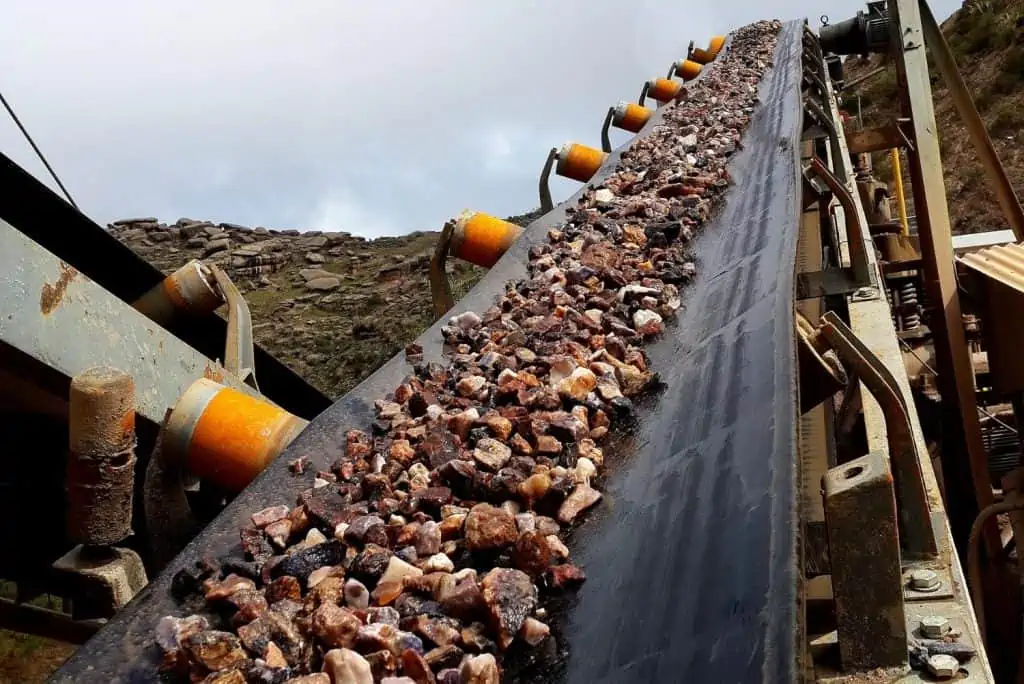
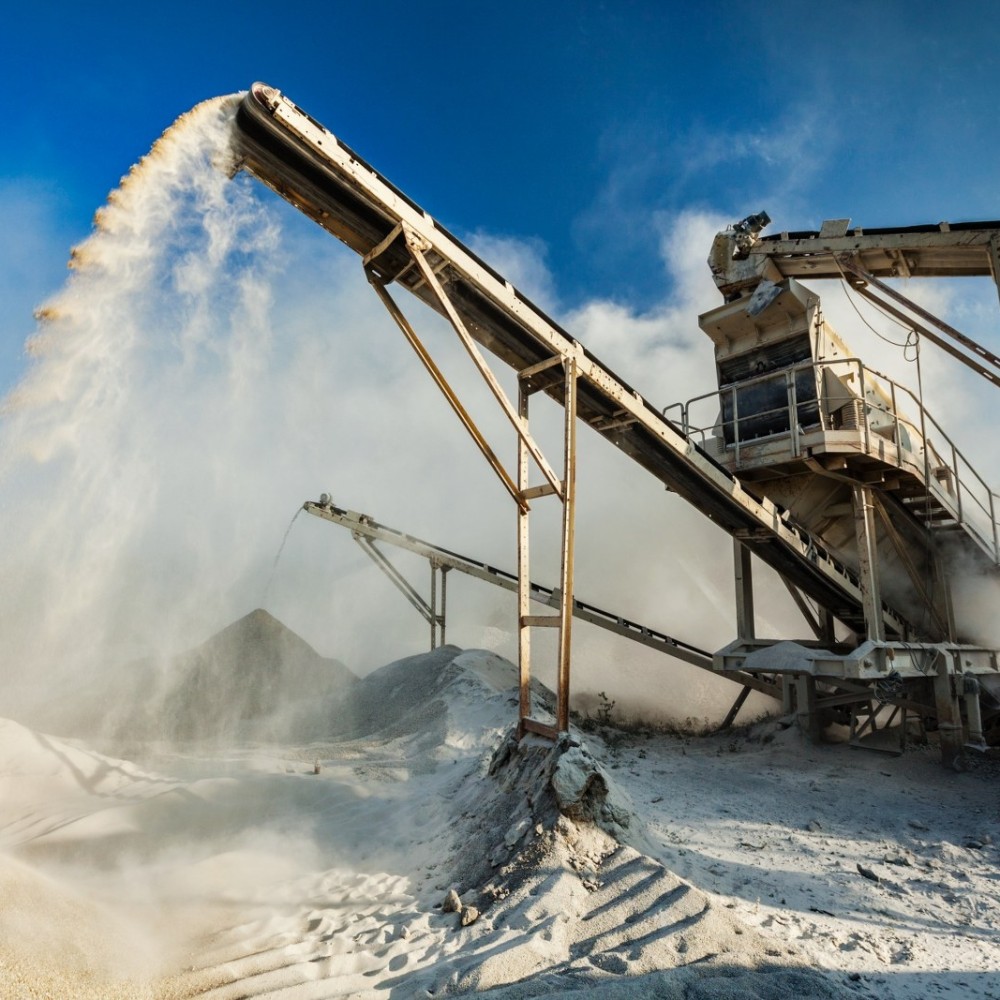
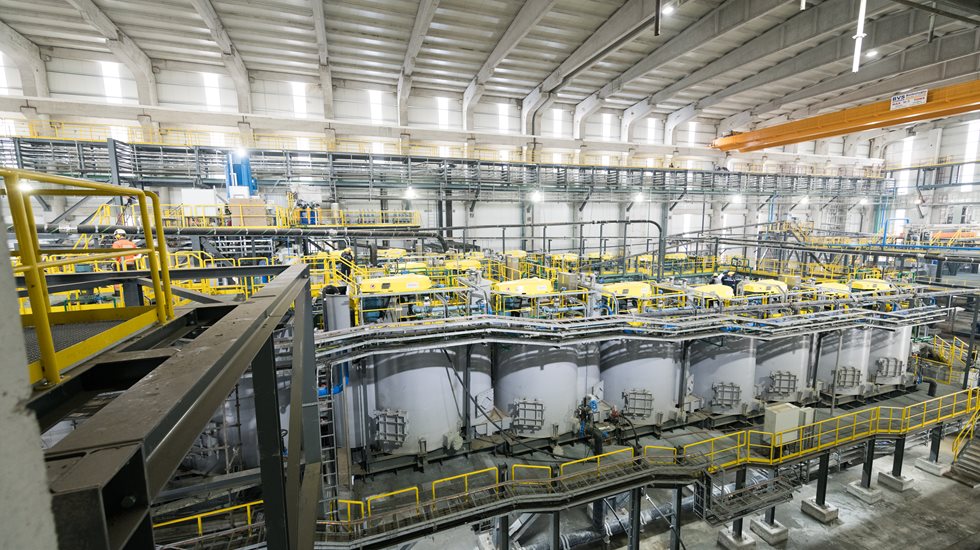
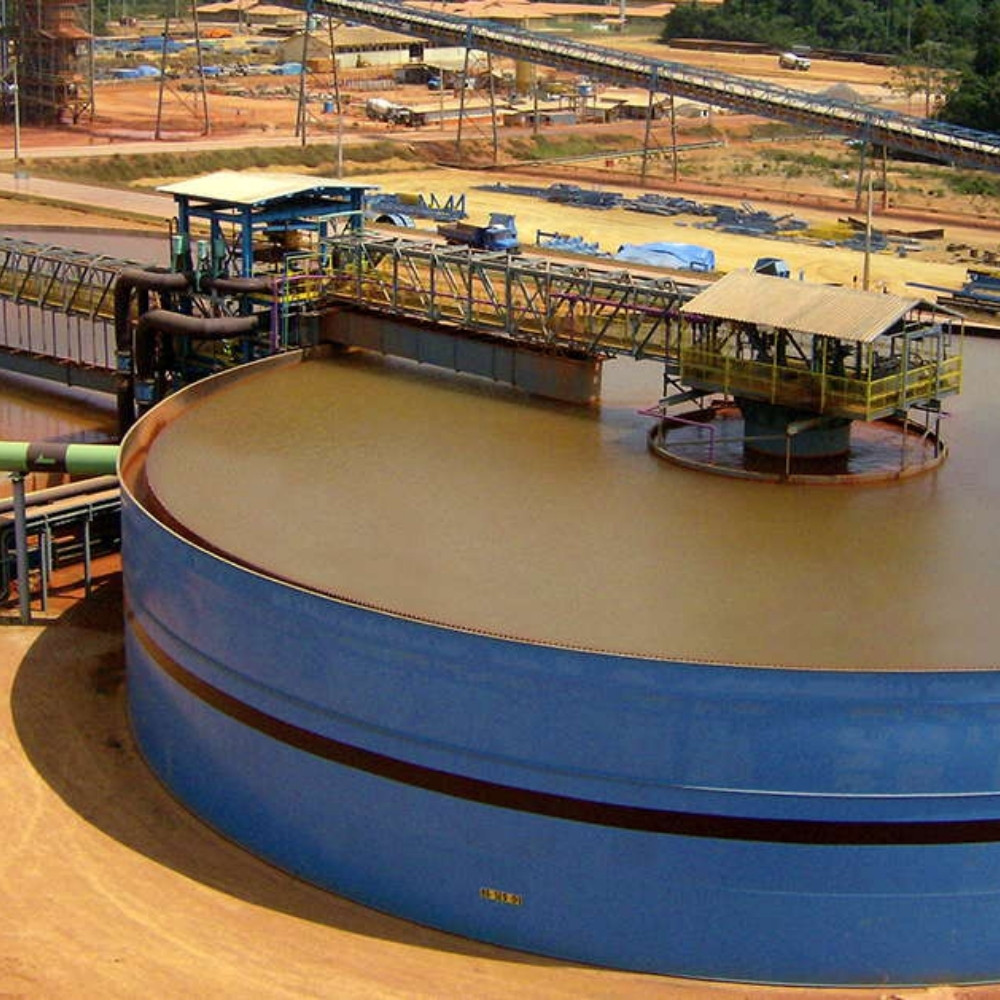



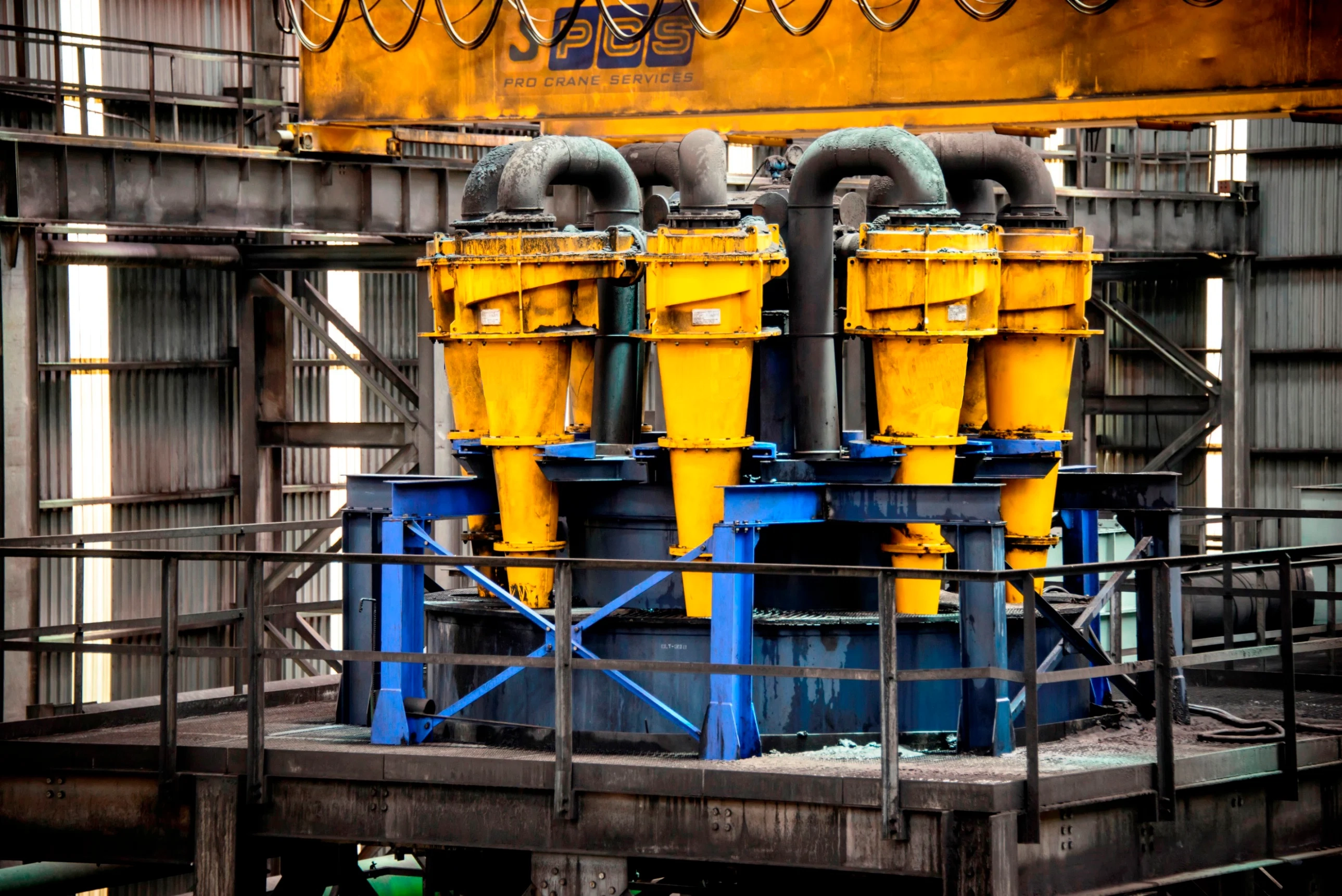
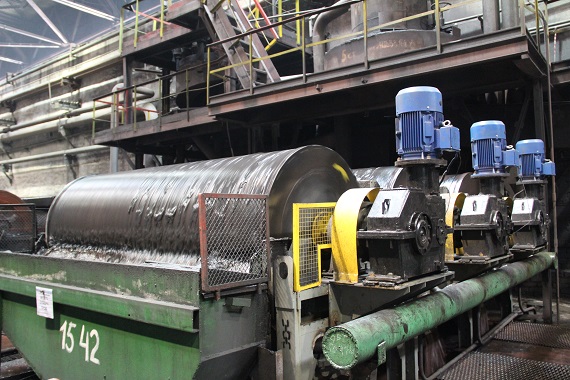
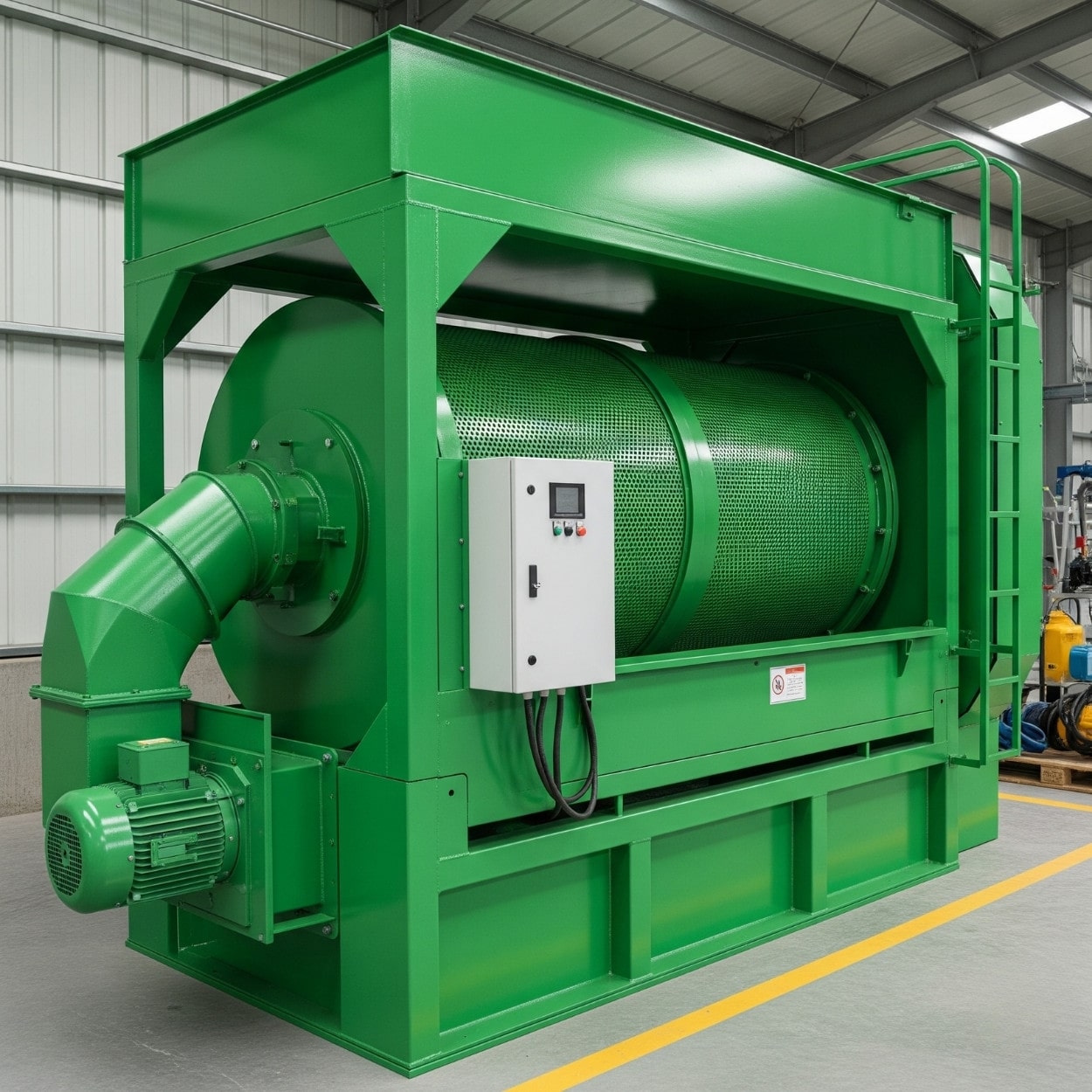
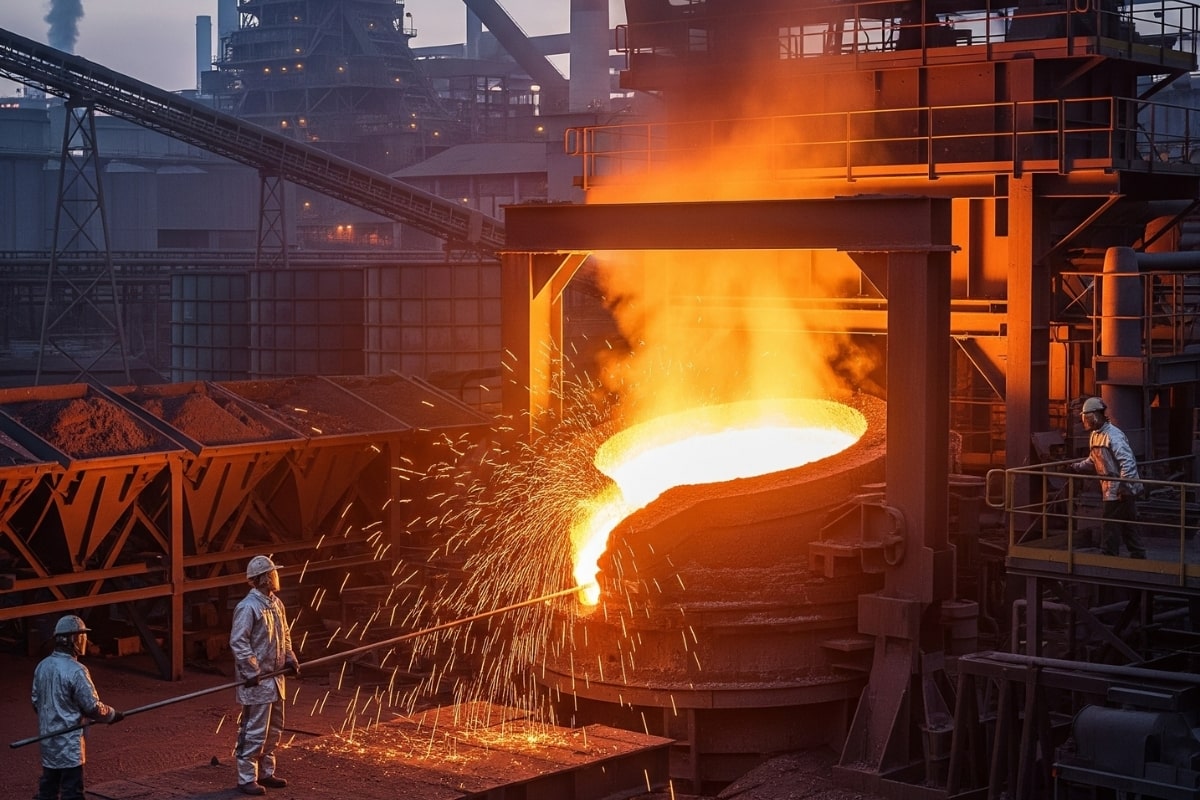
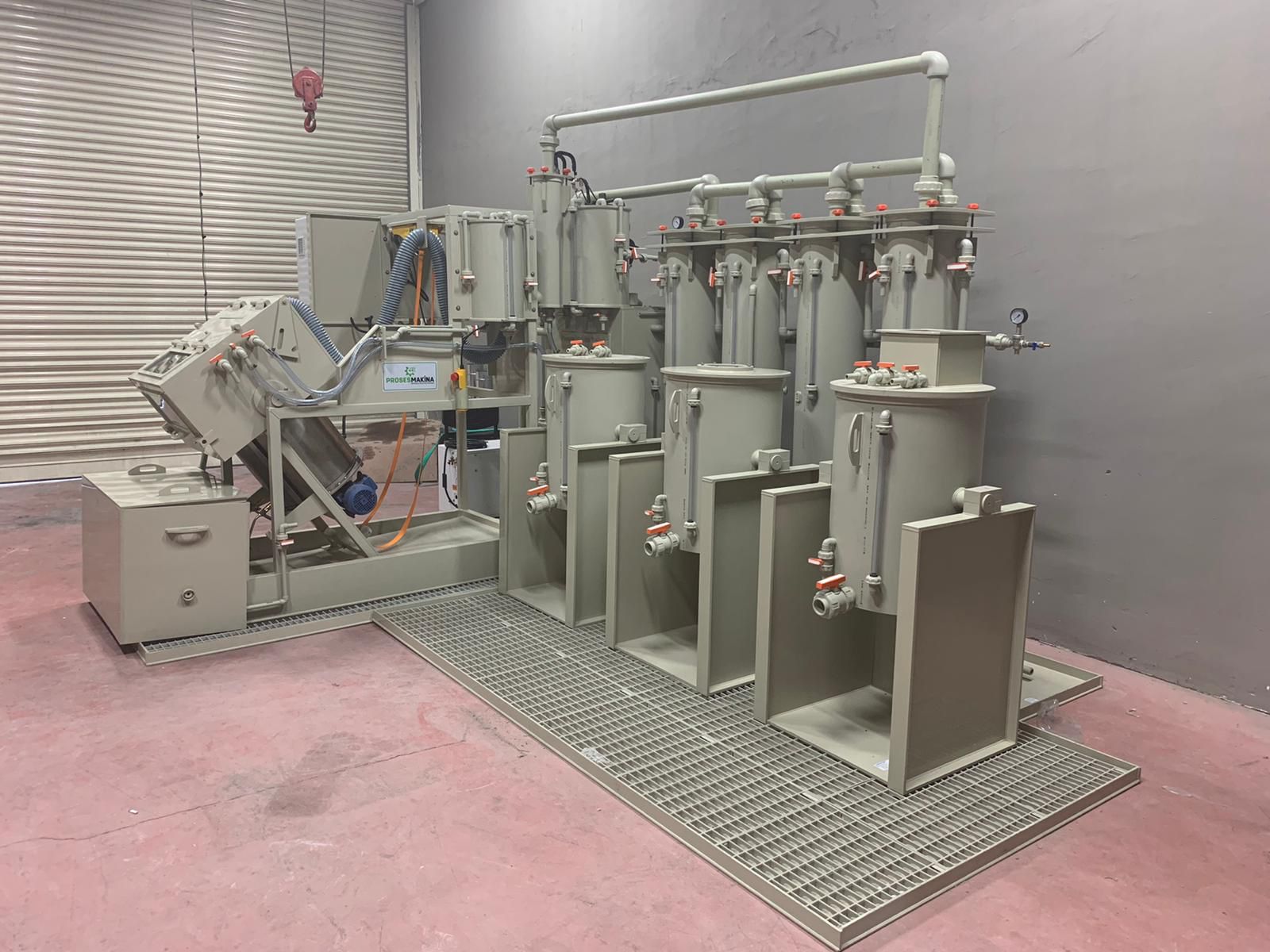
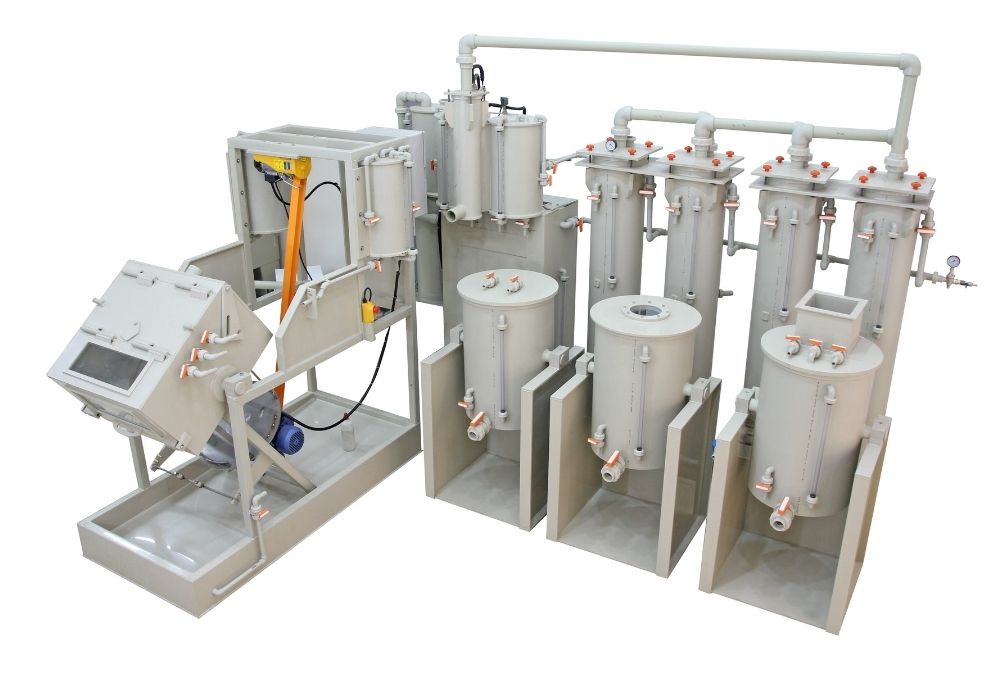
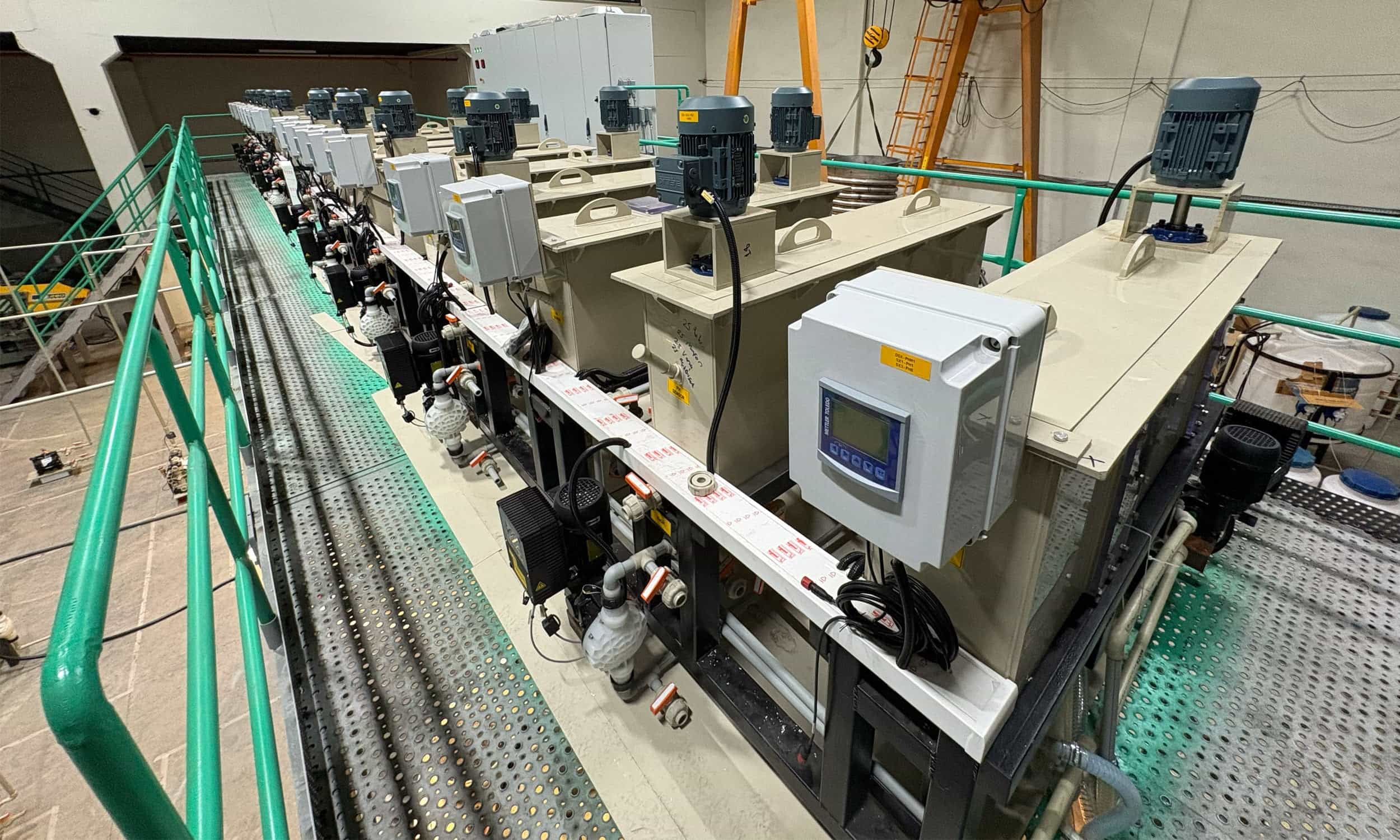

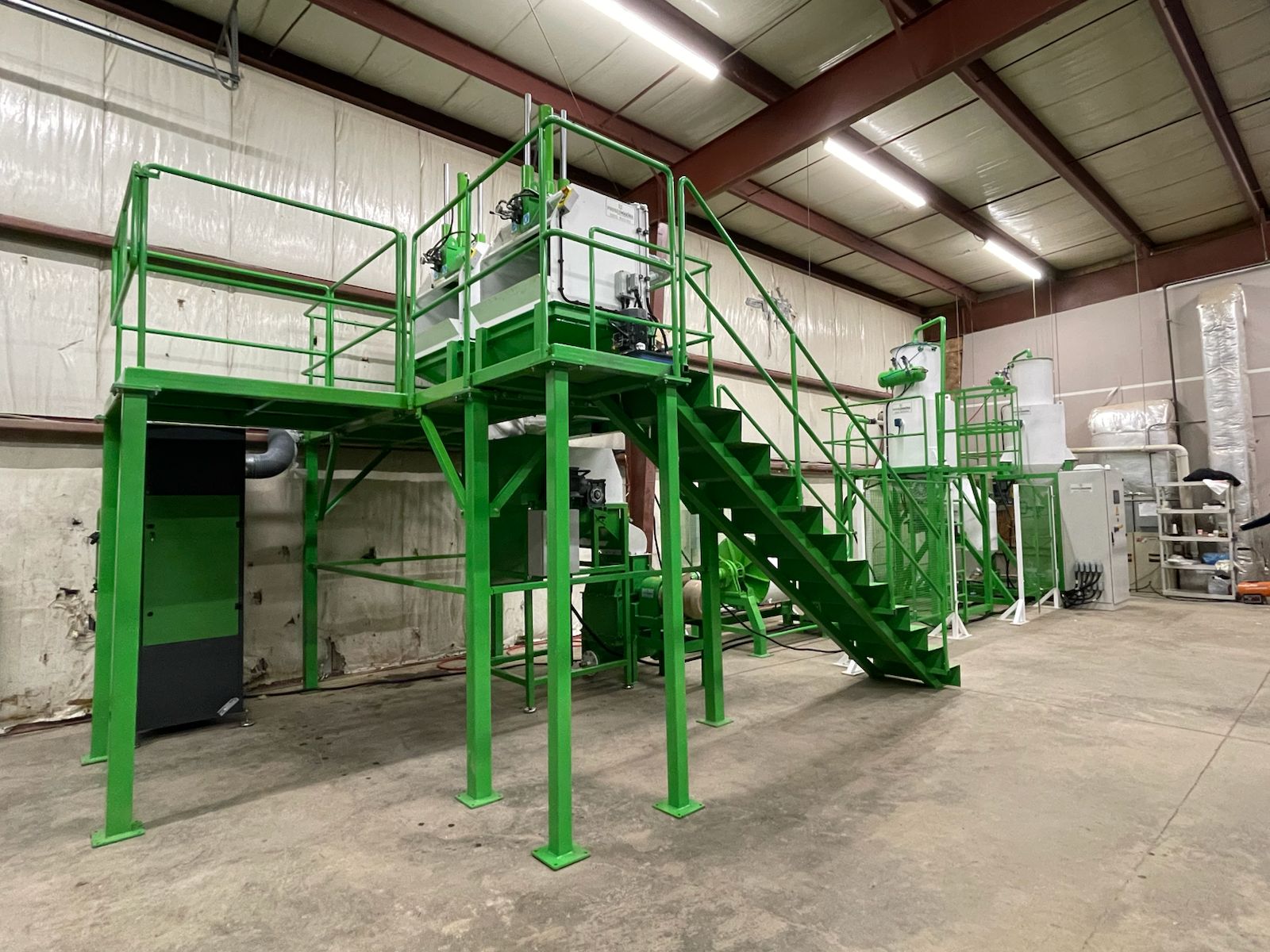
DUST-PROOF MATERIAL FLOW

The vacuum transfer system, also known as the cyclone system, is a vital component in catalytic converter recycling, ensuring efficient, safe, and environmentally sustainable handling of fine particulate materials. This system is engineered to transport milled or powdered substances, such as those produced by ball milling, in a fully enclosed and controlled environment. In addition to facilitating material transport, the vacuum transfer system plays a crucial role in maximizing the recovery of valuable metals by minimizing losses and maintaining operator safety through a closed-loop configuration.
The vacuum transfer system operates on the principle of negative pressure to move particulate materials within a sealed circuit. In catalytic converter recycling applications, these materials are typically in fine powder form, necessitating a system capable of managing lightweight, free-flowing solids with minimal risk of spillage or contamination. The system begins with a high-efficiency vacuum generator or blower, which creates the required negative pressure. This vacuum force draws the material, usually from the outlet of milling equipment, through specially designed hoses or pipelines, ensuring continuous and efficient transport. The core component of the system is the cyclone separator, designed with a conical geometry to induce rotational flow in the incoming airstream. As the material enters the cyclone chamber, centrifugal forces push heavier particles and dust toward the outer wall, where they are separated and collected in a bin or hopper. Simultaneously, lighter fractions and air are drawn through the central axis and either passed through filtration units or recirculated, depending on the system configuration.
This separation mechanism not only ensures effective dust collection and minimization of airborne particulates but also protects downstream equipment from wear and fouling. By containing and managing fine particles within a sealed environment, the system significantly reduces environmental emissions and enhances workplace safety. The integration of the vacuum transfer system and dust collector units contributes to improved process reliability, material traceability, and overall operational efficiency making it an indispensable part of modern catalytic converter recycling lines.